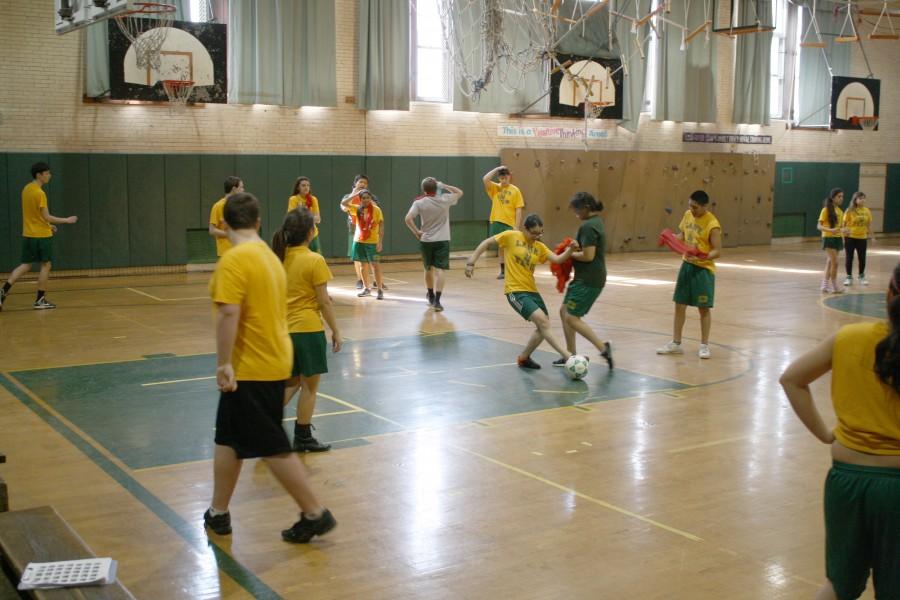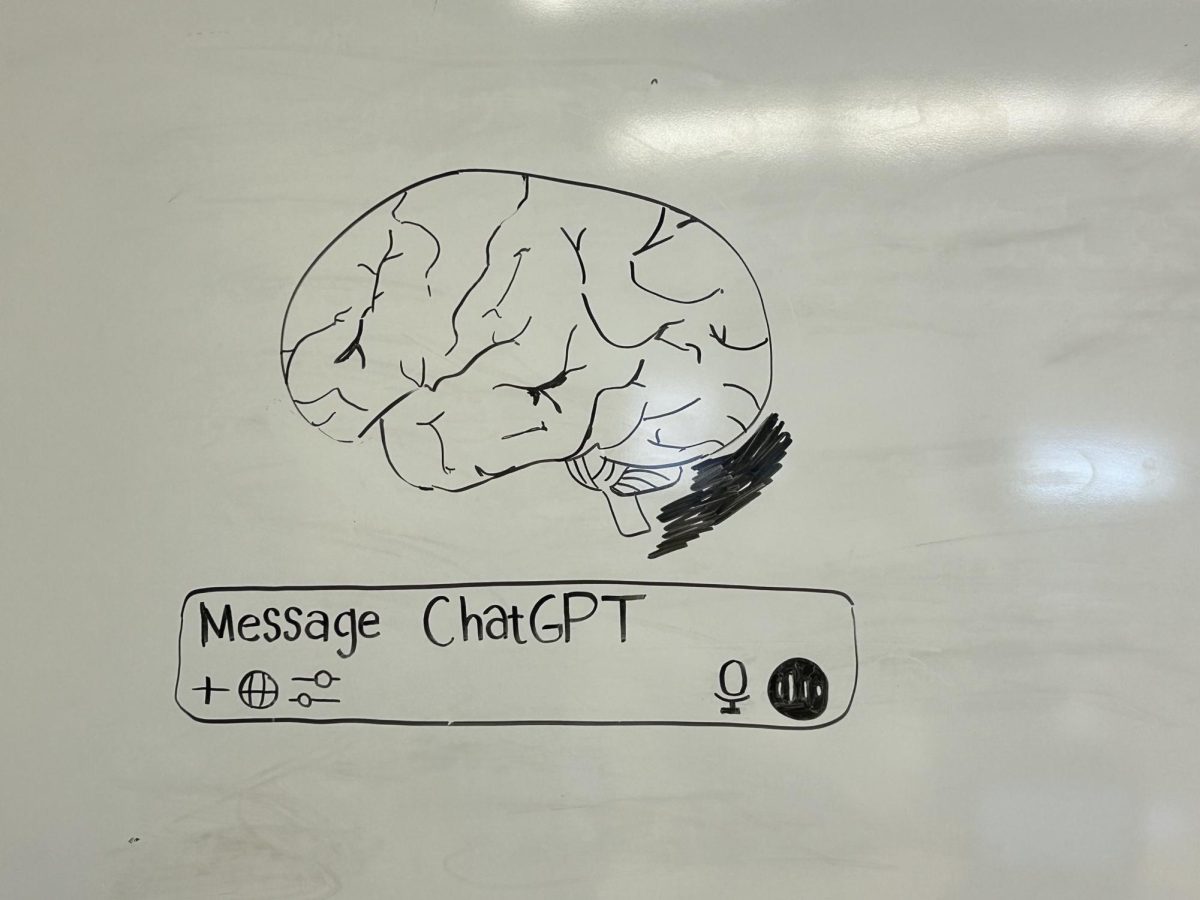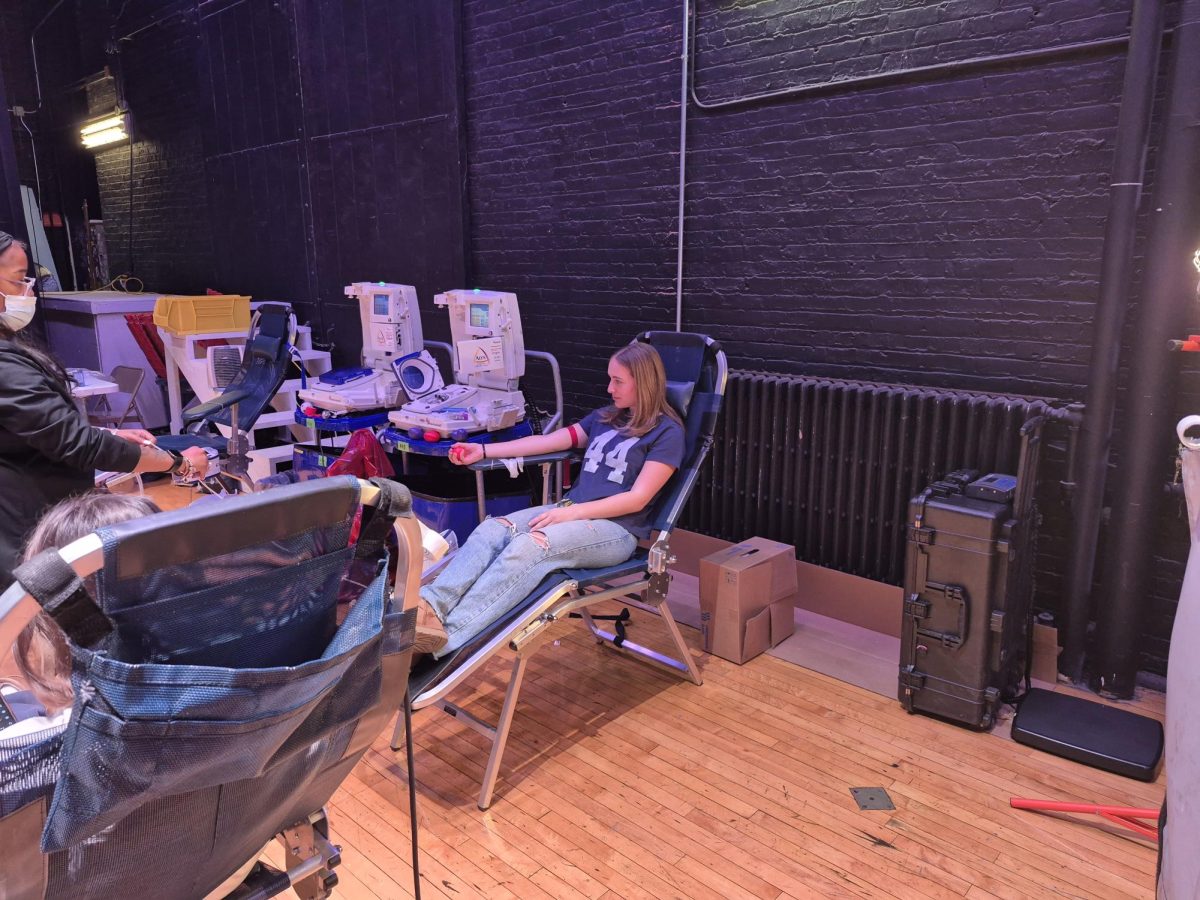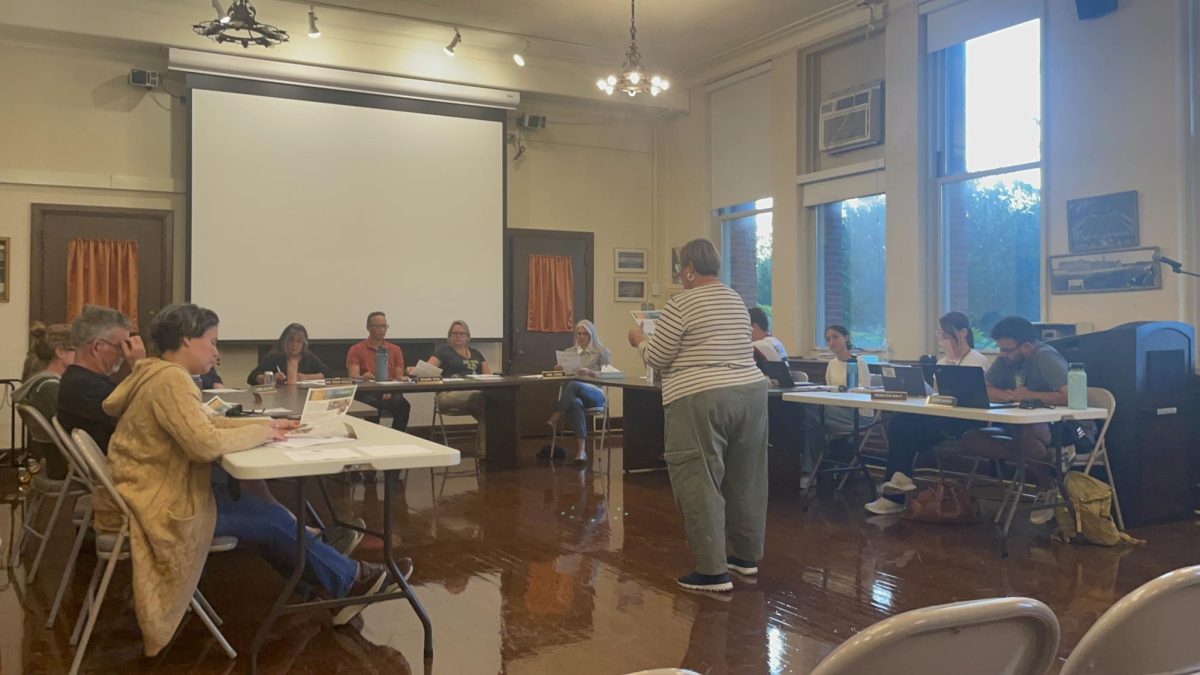By Nicole Johnson
In January, the Chicago Board of Education voted to reinstate the four years of physical education (P.E.) requirement for all CPS high schools. This policy will go into action next year.
Currently, CPS has a waiver from 1997 that exempts its students from the Illinois state law requiring four years of P.E. for high school students. However, this waiver expires in June, and CPS did not vote to renew it. This means that starting next year, juniors and seniors will return to P.E., and freshman will have to take four years of it. This change was supported by CPS CEO Barbara Byrd-Bennett in order “to become a national model and leader for embracing the importance of health and wellness among all children by strengthening and improving standards for physical education,” according to the Chicago Public Schools website.
Although the plan will increase students’ daily physical activity, it also poses a major scheduling issue for all CPS schools, including Lane, as it will interfere with the curriculum and course offerings.
“I oversee the P.E. department so it’s kind of a double-edged sword for me,” said Assistant Principal Mr. Ara. “On one hand I can see a lot of benefits to kids if these programs are executed correctly. The other side is that we have a lot of really great programs here which we would have cut because we have to have more P.E. now.”
Another possible issue that may arise from the mandate is lower test scores since P.E. would take time away from classroom instruction. Since Lane is evaluated on tests that evaluate skills in reading, science, and math, more time in a P.E. class would take away from classes where those skills are taught.
“We want to keep everything in place as is,” Ara said. “Including more P.E. is beneficial in one way but we don’t want [students’] scores to go down either because kids are now missing all these academic classes.”
Lane will be offering Dance and Weight Training as electives to fulfill students’ P.E. requirement. Ara also hopes to offer group fitness classes such as yoga, Zumba, and spinning.
Mrs. Esguerra, one of Lane’s Spanish teachers, agrees that an increase in P.E. classes may harm students’ test scores.
“Personally I think that our old P.E. requirement was perfectly fine the way it was,” Esguerra said. “I think our kids were functioning fine. I think it’s going to make it unfair for those students on the honors and AP track to have to take P.E. two more years. I don’t think it’s going to help their GPA at all. And I think that the administration has done a lot of things to try to keep and maintain that but unfortunately they’ve lost that battle.”
In order to help prevent lower grades and test scores, many schools including Lane will take advantage of waivers that allow students to be exempt from the four year P.E. requirement. These waivers are for enrollment in JROTC course, enrollment in an academic course required for on-track graduation, enrollment in an academic course required for college admission, ongoing participation in an interscholastic athletic program, ongoing participation in an adaptive athletic program outside the school setting, special education supports and services in lieu of P.E., and enrollment in the marching band course for credit during school day.
“It never looks good when your scores go down no matter what you put in place,” Ara said. “There are P.E. waivers and a lot of departments and programs are looking to have students sign waivers and those will typically be students who really want to take those classes.”
Many students, such as Mary Lindahl, Div. 580, agree that four years of P.E. is a bad idea, and will have a negative effect on grades.
“I don’t think it’s a good idea because if the gym classes are regulars classes… that will hurt my GPA,” Lindahl said.
Others believe that the new P.E. requirement is a step in the right direction for both student health and education. Mr. Nobiling, Chair of the P.E. department, thinks that CPS students need four years of P.E. He believes that four years of a P.E class is a good way to make students healthy and to give them knowledge that will keep them healthy for years to come.
“I agree that there should be four years of P.E.,” Nobiling said. “So for the long run, teaching kids… how to take care of their bodies through health and fitness and wellness gives them this knowledge base so they can still stay active to reduce the chances of becoming obese or developing other diseases.”
Physical Education also has a direct relationship between physical activity and increased academic performance. According to studies by the Centers for Disease Control and Prevention, physical activity leads to increased brain activity and in turn better and faster test performance. The same studies also showed that physical activity decreases the risk of obesity and obesity-related diseases, which may be very beneficial since over 40% of CPS students are overweight.
Vanessa Campos, Div. 774, agrees that four years of P.E. is a good idea.
“I appreciate it a lot because I have health problems and I don’t get enough time in the day to be active on my own, so I think it’s great that CPS is finally allowing P.E. for all four years,” Campos said.
However, with increased P.E. classes comes an increase in expenses for Lane due to the renovation of a dance studio from a ceramics studio and a major budget cut scheduled for next year. To compensate for these added expenses, Lane’s administration made the decision to cut several of Lane’s electives. These classes include: regulars Writing Workshop, regulars Early World History, honors and regulars Economics, regulars Political Science, regulars Law In American Society, honors Humanities, regulars Marine Biology, regulars Genetics, regulars Physics, regulars Astronomy, regulars Zoology, regulars Anatomy & Physiology, Computer Programming (8th grade), regulars Art History, regulars Studio Sculpture I (Ceramics and Glass), regulars Studio Sculpture II (Ceramics and Glass), and honors Mixed Media. The classes that will no longer be offered as regular credit will still be available as honors classes.
“Unfortunately, some adjustments to the curriculum have to be made,” Ara said. “Ceramics is a very popular class…but when I look at the budget, a lot of money is spent on clay. A lot of money is going to programs [this year] and we won’t have that money next year because we’re going to have more budget cuts. These are just changes that I wish didn’t have to take place but because of the money it’s very difficult.”
Ms. Moore is one of the ceramics teachers who teaches Wheel Throwing and AP 3-D Design, and is against the cutting of ceramics classes.
“The two wheel-throwing classes were filled as soon as registration opened, and students are being turned away from courses that they want to take,” Moore said. “Since students’ available electives are already shrinking, it does not seem fair that those few choices they are able to make should be eliminated arbitrarily, but instead through a reasoned and balanced measure of which courses are not eliciting high enrollment.”
Two new art classes, regulars Adaptive Art and Adaptive Music are being added next year.
In an email to teachers concerning the courses that will be cut, Dr. Dignam wrote, “I am committed to maintaining a well-rounded curriculum for our students, and that includes the arts as well as core subjects… I am most hopeful that we, as a school-wide team, can move forward knowing that these adjustments have been tirelessly contemplated and this burden has not been placed on one department. We are all in this together.”
Although the cuts were necessary to stay on budget, they sparked outrage in students who are angry that popular classes such as ceramics are being taken away from them. This was shown through the petition to save ceramics that was sent to Dr. Dignam, and a letter written by students that was put in teachers’ mailboxes.
Teachers who are losing the regulars version of their electives will be given other electives or core classes to teach, so that their schedules do not undergo a drastic change.
P.E. teacher Mrs. Serantoni agrees that P.E. should be available to students for four years. Although P.E. classes are being added, Fitness and Wellness is being relisted as a science class.
Though several students will try to be approved for a waiver from their PE requirements and the school’s administration is finding ways to help them do so, Serantoni believes too many people underestimate the importance of P.E..
“I feel like P.E. may not be a priority in terms of the administration’s viewpoint,” Serantoni said. “I think that maybe they don’t really consider it to be an important subject. I think that Michelle and Barack Obama are setting high standards and expectations for young people that fitness is not something that should just be down at the bottom of priorities. I think that fitness and health are really important because you have to live in this body your whole life and if you don’t know how to take care of it, you suffer.”
Although the new P.E. requirement has sparked much debate, final decisions on how to ensure that students benefit as much as possible are still being discussed.











